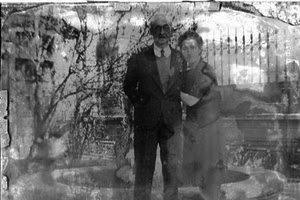Also called the Antarctic continent, it begins at 66º30’ Southern latitude, in the Antarctic polar circle (South Pole). It is bathed by the southernmost portions of the Pacific, Atlantic and Indian oceans. Surrounding seas – Weddell, Bellingshausen, Amundsen, Ross and Davis- are covered by ice almost all year.
Antarctica has a surface area of 14,200,000 km2. It is the fourth largest continent in the world after Asia, America and Africa. However, during winter, it doubles in size due to the large amount of marine ice that forms around it.
There is no native population, but each year, around four thousand people -including scientists, technicians, military personnel and other disciplines- man the different research stations set up in the area.
The word Antarctica dates back to ancient times. The Greeks had presumed the existence of a southern land to counter the lands of the north, called Artikos (country of the bear); therefore, they called it Antartikos (opposite of the bear). However, only around the year 1600 did explorers discover Terra Australis Incognita, as the continent was known back then.
In 1773, British sailor James Cook was the first man to cross the Polar Circle and circumnavigate the seas of Antarctica. Then, in 1820, American sailors Nathaniel Palmer, Edward Brandsfield and William Smith saw the Antarctic peninsula for the first time. That same year, Russian Fabian von Bellingshausen disembarked on Peter I island. Two years later, Scotsman James Weddell discovered the south Orkney and south Shetland islands.







